Forward: It has been recommended that the initial reconstruction plan of 2016 be updated based on changes and evolution of events in Syria.
The worst violence of the six-year-long Syrian civil war is winding down, as government forces under Syrian President Bashar al-Assad have reclaimed large areas of rebel held territory and the Islamic State’s (ISIS) caliphate has been eliminated.
But where millions of Syrian civilians have seen destruction and hundreds of thousands have died over the last six years, companies inside and outside of Syria now see reconstruction project opportunities. Infrastructure projects are required throughout the country such as bridges, roadways, buildings, residential communities, commercial entities and future power/energy sources. These are potential lucrative government construction contracts, which the regime will soon start considering after funding and financing is established. It appears that reconstruction contracts are likely to go largely to firms linked to Russia, China and Iran, which supported Assad. The three countries are considering a new joint bank to smooth such transactions.
This plan should be separated from internal Syria politics and should be developed and analyzed purely from a commercial private sector initiative supported by interested national governments and organizations.
- Syria Statistics after 6 years of war: 470,000 dead; 1+ million injured; 11.3 million driven out of their homes. According to UNICEF – 8.4 Million, more than 80% of Syria’s child population, have been seriously affected, whether in Syria or as refugees. Tens of thousands of children have died.
- The most important element of this plan is to create reconstruction projects in designated population centers throughout Syria for returning refugees and displaced citizens from within, such as Aleppo and throughout the devastated regions of the country. People need to have the choice of returning to their homes.
- Infrastructure for the entire Syrian Renaissance must be identified in outline, even though the time horizon for the infrastructure is much longer term and the scope of creation much farther and broader reaching, to eventually encompass the entire nation.

- Vital infrastructure will include: roads, electrical, solar, digital, ports, bridges, airports, water, desalinization, dry-land agriculture, transportation and so much more. Consider the mobile grid and its relation to the internet, for example. There are many new technologies available to leap frog aging platforms to embrace the new. This vision points toward a new Syria that rises to fulfill the full potential of the nation in its glorious history, of the wonderful people in all their diversity of religion and culture. The term “Renaissance” is in NO way exaggerated.
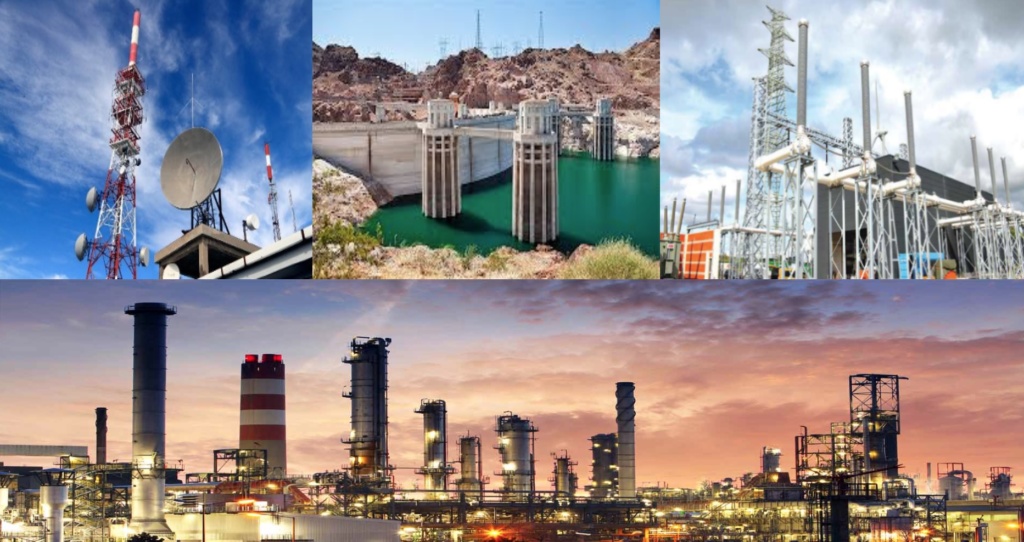
- BUT FIRST: The safe return of the dispersed refugees in their millions, as well as the displaced inside Syria and hopeless due to the devastating war, must be facilitated
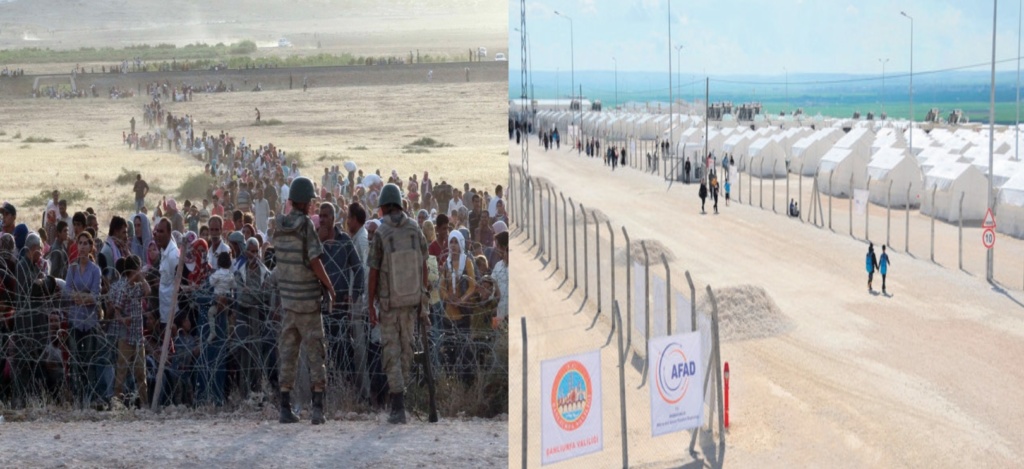
- Re-entry Assessment Facilities will be necessary to process returning Syrian refugees. Assuming the refugees will be entering through the Syrian Mediterranean ports and/or countries like Turkey, Jordon and Iraq and processed through these designated facilities where a thorough identification, vetting, clearing of individuals and families will be necessary and required.
- Very importantly, within the facility, medical assessments must occur, requiring nurses, nurse practitioners and doctors on site. According to the Save the Children Report on Syria 2014, measles, meningitis and polio are on the rise with as many as 80,000 Syrian children who may be carriers. Temporary regional hospitals and clinics must be established while repaired or new hospitals must be part of the reconstruction.
- At least one-third of children under 5 have not received their vaccinations. Every child, age 15 years and under must be issued vaccination booklets detailing vaccinations needed, given with dates. Parents will keep these booklets safe and bring them to doctor visits. The information should be electronically maintained in hospitals/clinics, as well.

- Malnutrition and resulting medical issues need to be identified. Many adults and children may be suffering from skin conditions.
- It has been shown in refugee camps in Lebanon that disbursement of Vaseline (petroleum jelly) by volunteer medical professionals through donations by the Vaseline Company, have been successful in mitigating many skin conditions presented. Disbursement of this simple emollient at the re-entry facility would be beneficial. Tuberculosis diagnosis and treatment and other contagious medical issues, possibly requiring the implementation of quarantine protocols, must be immediately addressed.
- Vouchers for food and clothing, packages of personal hygiene sundries, small cash disbursements, etc. should be distributed at the assessment centers before movement to their home cities and villages.
- All information must be electronically preserved.
- Once this initial process is underway, the most important part of the plan will be preparing the new infrastructure that can absorb the returning Syrians and those relocated from where they now are settled inside Syria. A commitment to the nation, its sovereignty, the safety of its citizens within their own country, and to their future as proud, productive citizens must be expressed in transformational action.
- This is equally important for the stabilization of the region as it is for the security of other places such as Europe, currently bearing a load of human need vastly beyond their means to serve, let alone to secure. The entire world needs to see that the War has ended, a plan has commenced and that a future can be envisioned.
- Bus and other vehicles will be the main mode of transportation for returning refugees. Ideally, travel will be restricted, for the protection of the people. Travel between the resettlement communities and Latakia, in the north, and Tartous, in the south, should be sufficient range for the people to move around and possibly find work. Obviously, a bus terminal may need to be constructed and possibly, temporary bus passes issued to those seeking work.
- Housing, daily life supply, education, work, recreation and worship, all must be addressed as quickly as possible.
- The mixed-use community model employed calls for businesses to also be created so that inhabitants may find work and income as well as enjoy daily life activities. These must run the gamut from local eateries and other such retail and support services, to more advanced businesses and light manufacturing.

- The modern term, “mixed-use development communities,” refers to the historic pattern of human settlements in their natural condition. Residential (apartments, townhouses, individual homes) industrial, institutional (schools, hospitals, places of worship), shopping, entertainment areas (parks, soccer fields, playgrounds) are combined within walking distance for ease and cost reduction/profit enhancement. Many of these communities are also bicycle friendly. This type of development would be well suited for returning refugees because it provides for most human needs in one place, fosters a sense of community and connection to others. For example: laundromats where women may congregate with attached playrooms for the youngest children would contribute to the well-being of the family in several important ways. Attempts should be made to stay away from high rise structures (over three stories).

- There is a modern building process called rammed earth that is economical, allows for windows, can be used in at least 2 story constructions, does not need to be painted, the materials utilized for interior and exterior walls are available locally and it is a visually beautiful product. Electricity and plumbing fittings can be readily placed within the walls. And upon completion, this modern, natural housing would be environmentally attractive, physically comfortable and comforting to a traumatized people.
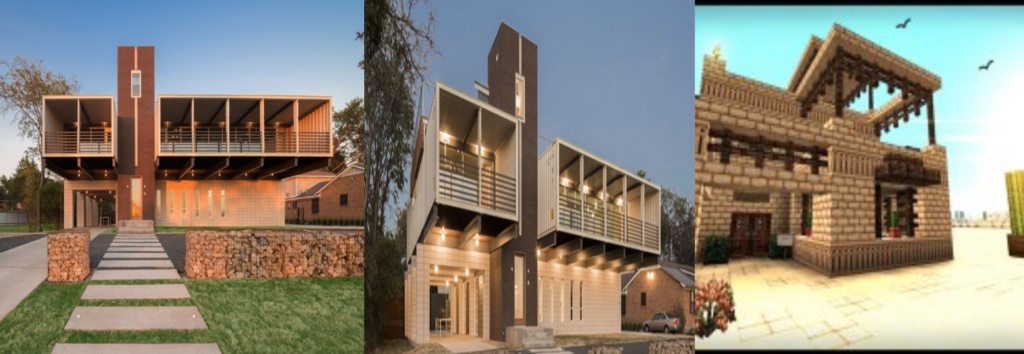
- Another option is modified shipping containers. With the initial re-settlements being on the coast and near Syria’s main shipping ports, containers may be a very practical form of housing as well. Containers will need to be cleaned and painted, adding to the cost, but they are weather resistant. Desert rooftop cooling systems, such as those used on desert military bases, would be necessary. Their maintenance is low cost with minimal tools required. Containers are readily stackable using cranes and can easily be used to create more than satisfactory apartments or even individual homes.
- Manufacturing and warehouse structures are of importance, for the people to engage in productivity at earliest moment possible.
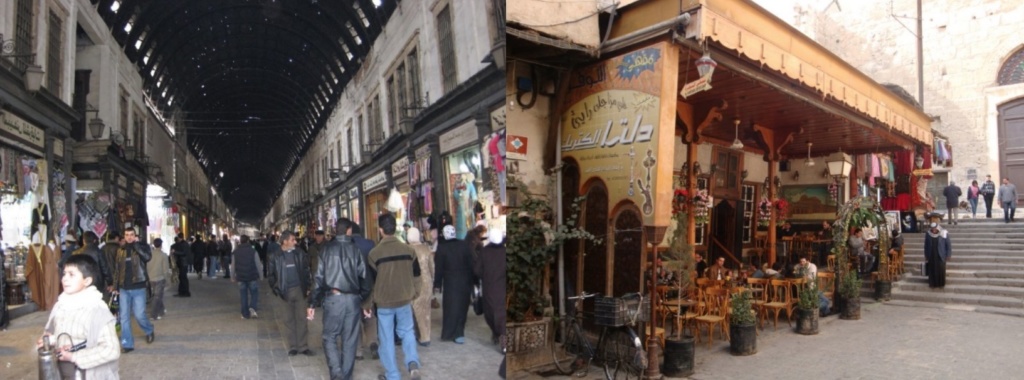
- Along with the economic activity, a plan must be put in place to secure property rights for all inhabitants, so that the power of capitalism can be unleashed, and growth, further development and restoration of culture can root and take off on its own. Going beyond robust property rights, low taxation for stable collection and the responsible creation of local government is critical. Corruption must be, if not abolished, discouraged aggressively.
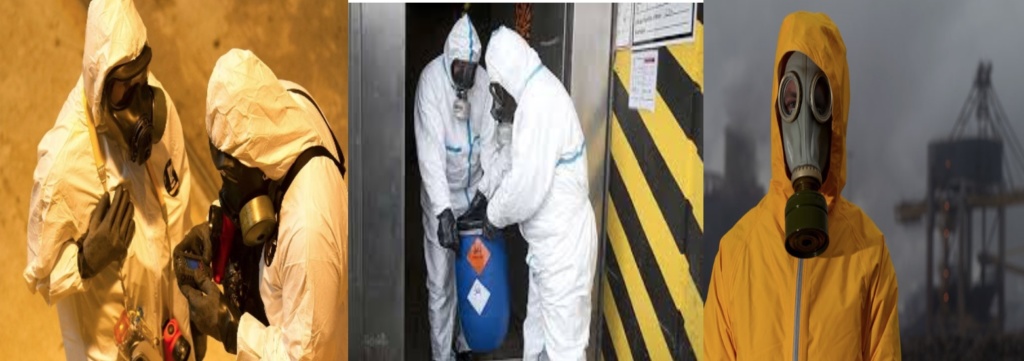
- Hazardous Waste Materials Removal Plan- The removal and environmental remediation of hazardous chemicals, toxic waste and dirty weapons shells/debris and petroleum contamination must be part of any reconstruction plan in Syria. This will require a responsible company with a high level of expertise, procedural skills and adequate funding. During these operations in hazardous clean-up, safety protocols can mean the difference between a successful operation and negative outcomes.
- Public safety policing is necessary, and must be led by refugees themselves for integrity and acceptance. Even when the number of such restorative communities is small, it will set a new tone for the future of the nation more broadly. This combination of robust property rights, low and fair taxation and the stabilization of a growing economy create the basis for a stable, high value currency broadly throughout the nation.
- For any of these economic directions to be viable, training and re-training will be critical, particularly for the 20 and 30 years old populations. Economic and technical training facilities to provide for this need will be constructed as soon as housing has been provided and the first people arrive.
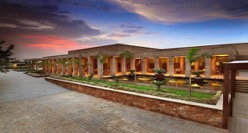
- Shipping containers that have been cleaned and modified with windows and doors and swamp coolers can be used, at least initially, for school classrooms. One-half of the 4.8 million registered refugees are children. Presently 5 out of 10 children are out of school. That number may be even higher among the returning refugees as education has not held the priority that it normally has in Syrian life. Enrollment in schools outside of Syria often requires legal registered status and school fees, books/materials are certainly tertiary to the obvious priorities of housing and food. Also, many older children have had to find employment to add to their families’ incomes, meager as they are. In neighboring countries and in Europe, even living in tents often requires fees to be paid.
- Clearly this is an enormous problem for Syria as the refugees arrive home. Schools have been damaged in the bombings. In the coastal area, where the refugees will locate until the country is safe for them to travel to their home cities, or possibly remain and establish themselves, thousands of children will need to be educated. If the children’s educations are neglected, Syria will be dealing with an uneducated populace in the future, from which many more serious problems would arise. To avoid that pitfall, children need to be in school until 14 years of age, minimum. Of course, Syrian parents, most of whom value education highly, would prefer their children to complete high school and move on to higher education.
- Vocational skill schools for older students (especially the 20 and 30 year old generations) and for re-training senior adults are highly recommended. Skilled workmen will be needed to rebuild Syria and move it forward, eventually into the 21st century. College level institutions must be reinvigorated and adequately staff and funded.
- An early business that will be needed, for efficient supply, is an Amazon-style distribution center, allowing a leapfrog to modern logistics and online access, as well as efficient delivery. This one business alone will be a model for other communities and for the entire nation as it reverts from a state of war to a state of peace and looks toward the future.
- That vision, the vision of a new Syria arising, rebuilt and restored, will be rooted in the minds and hearts of the people, and will rapidly spread throughout the nation as source of hope and optimism.
Summary and Conclusions; General Vallely and his team will be available to discuss this plan in detail and welcome input and ideas to ensure the Reconstruction is viable and doable.
The views expressed in CCNS member articles are not necessarily the views or positions of the entire CCNS. They are the views of the authors, who are members of the CCNS.
